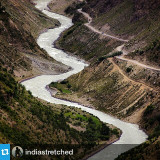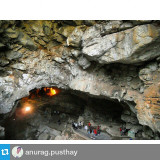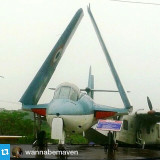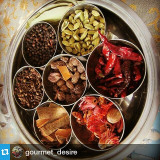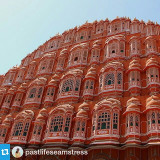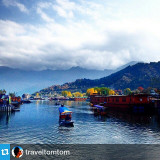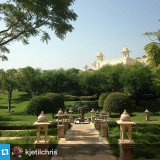Random image from our India photo collection
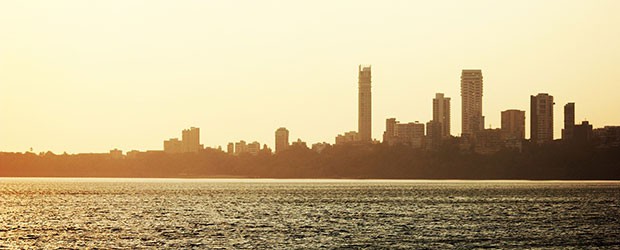
Haryana
Music And Dance
Haryana has a wealth of folk dances, which are usually performed at weddings, births, festivals, and, of course, during the all-important harvest festivals. Since so many of Haryana’s songs and dances relate to harvest and the related festivals, as long as there are agriculture festivals in the state, there will always be a distinctive Haryanvi folk tradition of dance and music.
The Khoria dance is an all women dance, which is usually performed during the long wait for the bridegroom to bring his new bride home. During this dance, the women mime the entire wedding ceremony.
A dance called Ghoomar is popular in the western parts of the state and only girls participate in this dance. The girls sing while they dance in a swirling movement and as the tempo of the music increases, the girls form pairs and swirl faster and faster. It is performed at festivals such as Holi, Gangaur Puja and Teej.
At harvest time, a very popular men-only dance called the dhamal is performed. The been player opens the proceedings accompanied by the other instruments as the dancers begin to move. The dancers carry sticks wrapped with tinsel and with tassels at both ends, which are called shuntis. The men form a semi-circle and bowing down to the ground they pray for the blessings of Lord Ganesh, the Goddess Bhavani and the Trinity of Brahma, Vishnu and Mahesh.
Both men and women dance together in another popular Holi dance called the phag. The men open the dance during which they act out the spirit and actions of Holi and then the women join in.
All these dances are performed to songs whose lyrics are based on traditional Haryanvi folk tunes. The songs tell of honour and bravery, of harvests, of romance and of the sorrow of parting. The instruments that accompany these dances and songs are the been, sarangi, dholak, flute, shehnai, and nagara.
Along with the folk dances and folk songs, Haryana also has a strong tradition of folk theatre called Saang. Saang theatre is restricted to men who play female roles and who wear lots of make-up and costumes to make it appear very original. These plays are usually performed in the open on a raised platform and with no backdrops or curtains. Saang folk plays consist of long question and answer sessions between the actors. There is much singing and dancing and there is always a clown character called the makhaulia.
Go back
The Khoria dance is an all women dance, which is usually performed during the long wait for the bridegroom to bring his new bride home. During this dance, the women mime the entire wedding ceremony.
A dance called Ghoomar is popular in the western parts of the state and only girls participate in this dance. The girls sing while they dance in a swirling movement and as the tempo of the music increases, the girls form pairs and swirl faster and faster. It is performed at festivals such as Holi, Gangaur Puja and Teej.
At harvest time, a very popular men-only dance called the dhamal is performed. The been player opens the proceedings accompanied by the other instruments as the dancers begin to move. The dancers carry sticks wrapped with tinsel and with tassels at both ends, which are called shuntis. The men form a semi-circle and bowing down to the ground they pray for the blessings of Lord Ganesh, the Goddess Bhavani and the Trinity of Brahma, Vishnu and Mahesh.
Both men and women dance together in another popular Holi dance called the phag. The men open the dance during which they act out the spirit and actions of Holi and then the women join in.
All these dances are performed to songs whose lyrics are based on traditional Haryanvi folk tunes. The songs tell of honour and bravery, of harvests, of romance and of the sorrow of parting. The instruments that accompany these dances and songs are the been, sarangi, dholak, flute, shehnai, and nagara.
Along with the folk dances and folk songs, Haryana also has a strong tradition of folk theatre called Saang. Saang theatre is restricted to men who play female roles and who wear lots of make-up and costumes to make it appear very original. These plays are usually performed in the open on a raised platform and with no backdrops or curtains. Saang folk plays consist of long question and answer sessions between the actors. There is much singing and dancing and there is always a clown character called the makhaulia.
Go back


